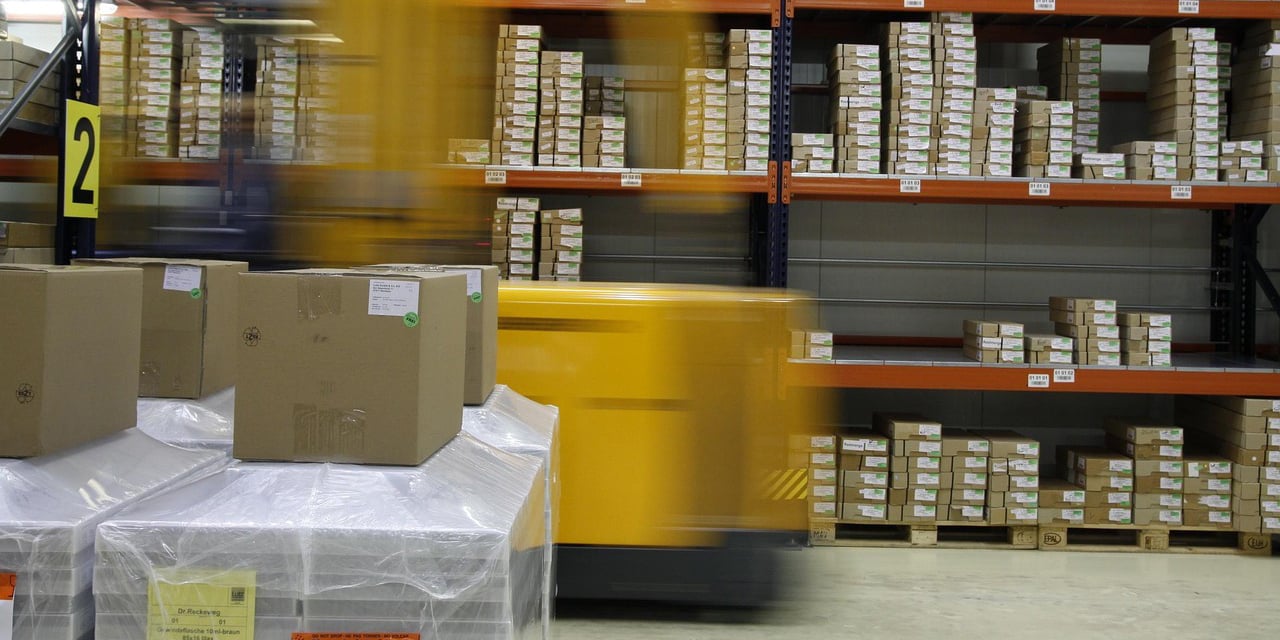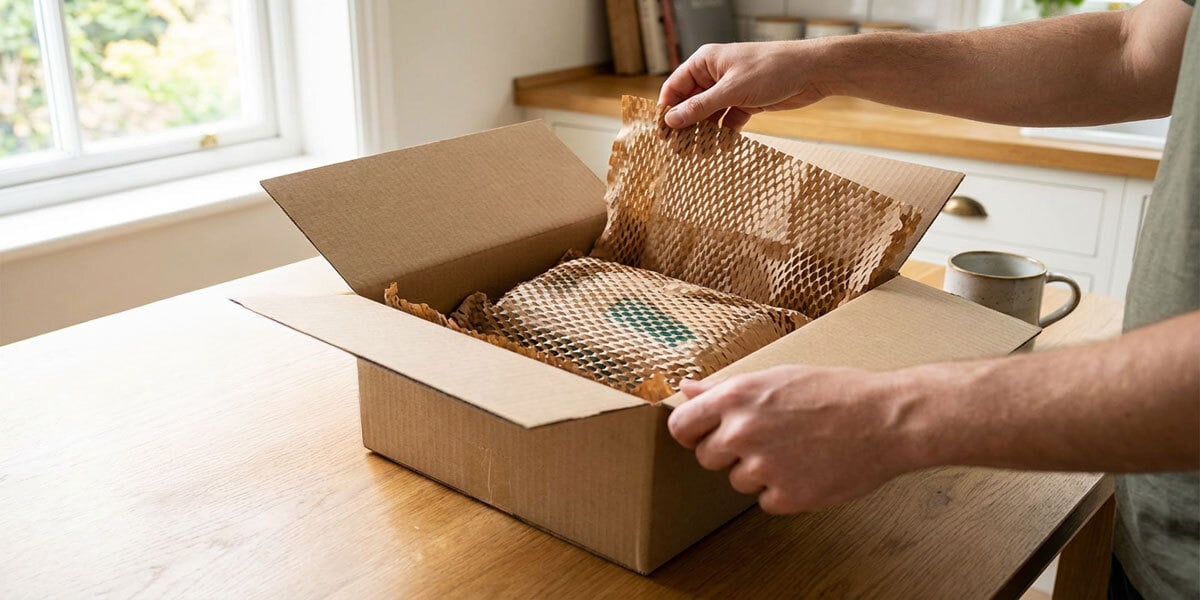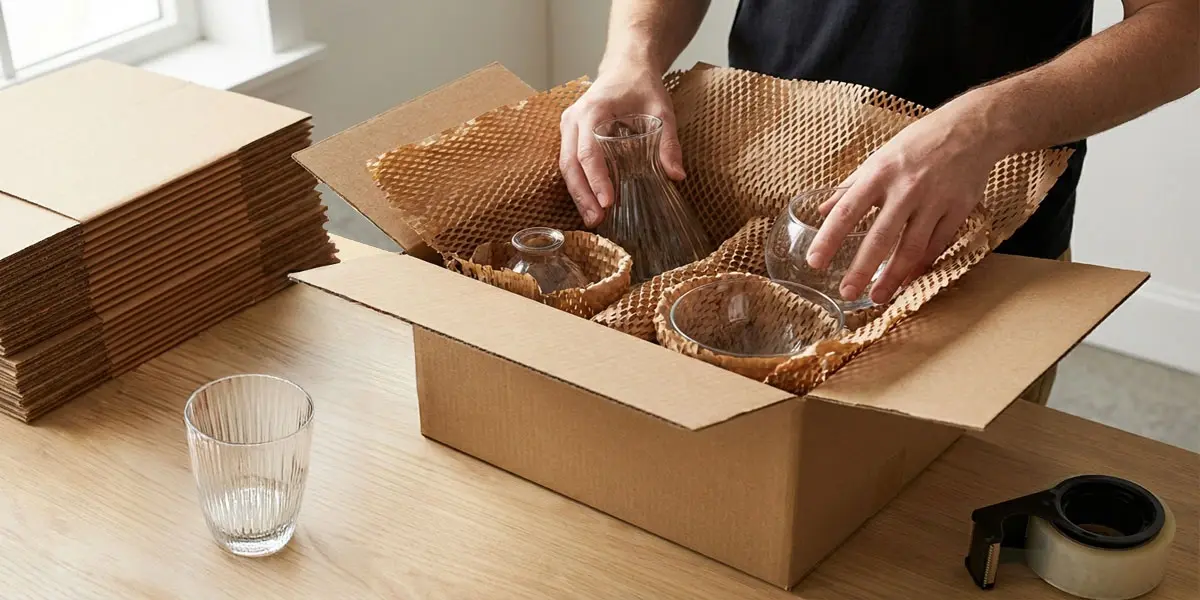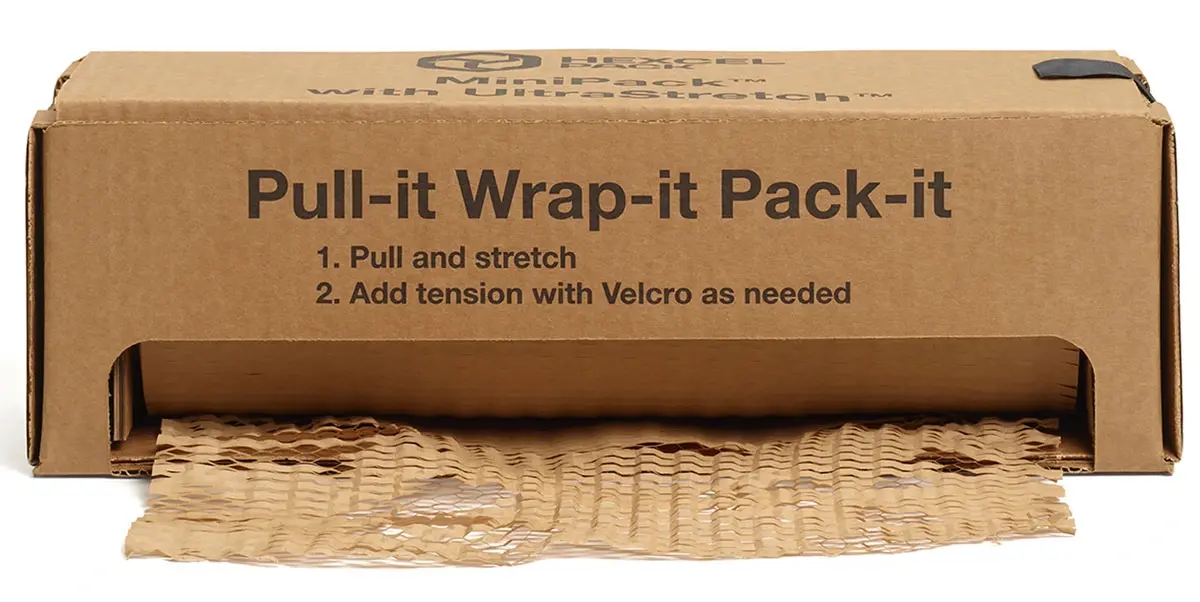How to Scale Your Packaging Operations

Scaling a business is exciting! It means your product is in demand and your brand is gaining traction. But growth brings new challenges, especially when it comes to packaging operations.
Many businesses start with manual processes, but what once worked for a few dozen shipments a week can quickly become a bottleneck as order volumes increase. Labor shortages, shipping delays, rising return rates, and material costs only add to the strain.
At HexcelPack, we’ve seen firsthand that the biggest hurdle to scaling isn’t the packaging material itself—it’s how efficiently that material moves through your facility. From conveyors and optimized packing tables to smarter workflows that reduce bottlenecks, material handling plays a critical role in speeding up fulfillment.
That’s why it’s so important to recognize when your current setup is no longer working. With the right systems and materials in place, you can streamline operations, cut costs, and keep customers satisfied while continuing to grow.
Signs It’s Time to Scale
When demand for your products goes up, your current packaging setup might not be able to keep up. If you’re running into the issues below, it’s a sign that it’s time to improve your packaging operations:
- Orders are piling up faster than you can pack and ship them
- You don’t have enough people or packing stations to handle the workload
- Your process is too manual and slows everything down
- You’re making more mistakes, like packing the wrong items
- Products are getting damaged in transit
- Your work area is crowded or disorganized
- Returns and customer complaints are going up
- Packaging costs are starting to eat into your profits
- Customers or retailers are asking for more eco-friendly packaging
If any of these sound familiar, it’s time to scale your packaging setup along with your business.
Analyze Where You Need to Improve Efficiency
Once you’ve recognized the signs that your packaging operations need to scale, it’s time to pinpoint where improvements are needed. Walk through each step of your packaging process (from order to shipment) and identify where slowdowns or inefficiencies are happening. Below are some of the most common challenges, along with solutions to help you scale efficiently.
You can’t ship items fast enough to meet demand.
It’s a great problem to have, but it still needs to be addressed. To keep up with rising demand, consider:
- Pre-packing or bundling popular product combinations
- Preparing ahead for peak seasons and holidays
- Hiring more packing staff or increasing shift coverage
- Using a combination of manual and automated dispensers to maximize efficiency
- Adding fulfillment centers closer to your customer base
Scaling doesn’t always mean going fully automated, though. In fact, many high-volume operations still rely on manual dispensers like the HexcelPack™ Mini Packing Station™ and Manual HexaFil™because they’re fast, intuitive, and easy to train on. HexaFil™ is one of the quickest materials to use for void fill. It can be grabbed and stuffed into tight spaces with minimal effort, making it especially effective when time and precision matter.
One of our fastest-growing customers actually switched from an automated system back to manual dispensers because training seasonal staff was easier and faster, a major advantage during their busiest season. In cases like this, the simplicity and flexibility of manual systems can be just what’s needed to keep operations running smoothly.
That said, automation can be a game-changer for the right setup. HexcelPack’s automated dispensers, like AutoHexaFil™, are designed to scale with you. They integrate seamlessly with existing workflows and allow you to preset the exact length of material needed for each package. With push-button or foot pedal controls and three programmable settings, they deliver consistent, accurate cuts every time. This helps reduce waste, boost throughput, and support sustainable, cost-effective growth.
You’re seeing more returns due to order errors or damage.
Returns are a sign something’s off in your process, and they cost you time, money, and customer trust.
If the wrong products are being sent:
- Ensure your order, inventory, and fulfillment systems are fully integrated so order details are shared correctly
- Double-check that shipping addresses transfer properly to labels
- Review your pick and pack process to prevent human error
- Evaluate your shipping partners for accuracy and reliability
Damage during shipping usually means your packaging isn’t providing enough protection.
To reduce damage-related returns and improve customer satisfaction, consider:
- Using a smaller box to minimize empty space and prevent shifting during transit
- Wrapping fragile items with a paper-based protective wrap
- Using protective void fill for better cushioning and shock absorption
- Reviewing how items are stacked and secured on pallets to avoid damage during bulk shipping
- Collecting feedback from customers and shipping partners to spot recurring issues
Customers are demanding sustainable packaging.
New markets often come with new expectations. Many customers are pushing for more eco-friendly packaging. In fact, a new study shows that the majority of consumers are willing to pay more for sustainable packaging.
But it’s not just the customers. Many countries are banning single-use plastics. The European Union’s Packaging and Packaging Waste Regulation (PPWR), aims to shift the packaging sector toward a circular, competitive, and climate-neutral economy. It’s designed to make packaging more sustainable by making it fully recyclable by 2030.
So, what makes packaging sustainable? Here’s what to look for in sustainable options:
- Responsibly sourced or renewable materials
- Low environmental impact during production
- Fully recyclable or compostable (without special processing)
- Safe to handle (non-toxic)
HexeclPack’s paper-based packaging solutions check all these boxes (and can even improve efficiency).
Improve Parcel and Pallet Packaging
Most of the improvements above focus on individual parcels, but when scaling, bulk shipping matters just as much. That means looking closely at your pallet wrapping process.
Key factors that affect pallet efficiency:
- How much material is needed to stabilize the load
- Whether you use manual or automated wrapping
- Cost per load, factoring in material waste and load stability
Traditional plastic wrap might seem cheaper up front, but needing more of it (or dealing with unstable loads) can drive up costs and risk product loss.
HexcelStretch™ is a smarter (and more sustainable) option. Made from paper, it offers:
- 30% better load stability than plastic wrap
- Up to 5,400 lbs. stabilized per load
- Wrap speeds of 30–90 pallets per hour with automation
- Less material waste and lower injury risk for your team
Switching to a more efficient pallet wrap can make a big difference during high-growth periods.
Ready to Scale with Confidence?
HexcelPack offers sustainable packaging materials and dispensers designed to grow with your business. From product wrap to void fill to pallet wrap, our products can be used with both manual and automated systems. Contact us for a free evaluation to see how our sustainable materials and equipment can streamline your packaging operations—now and as you grow.


